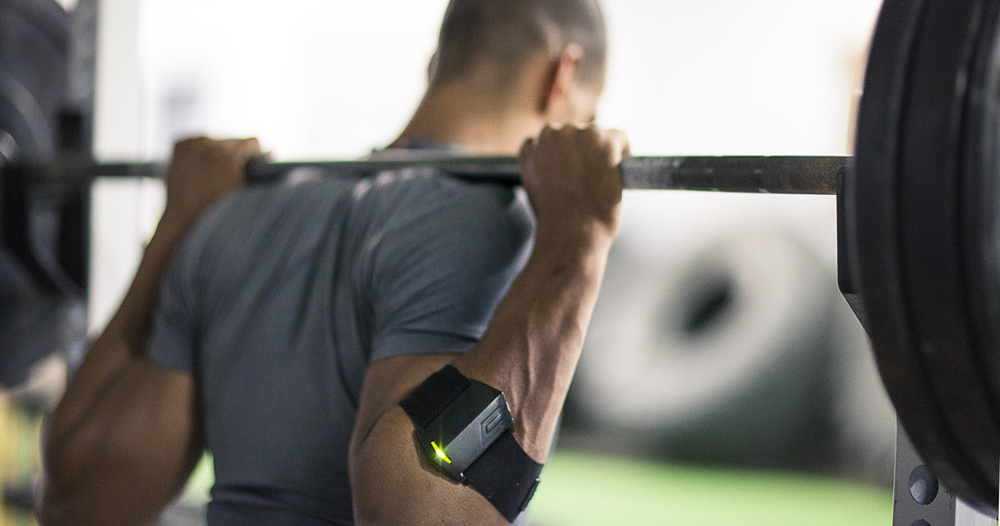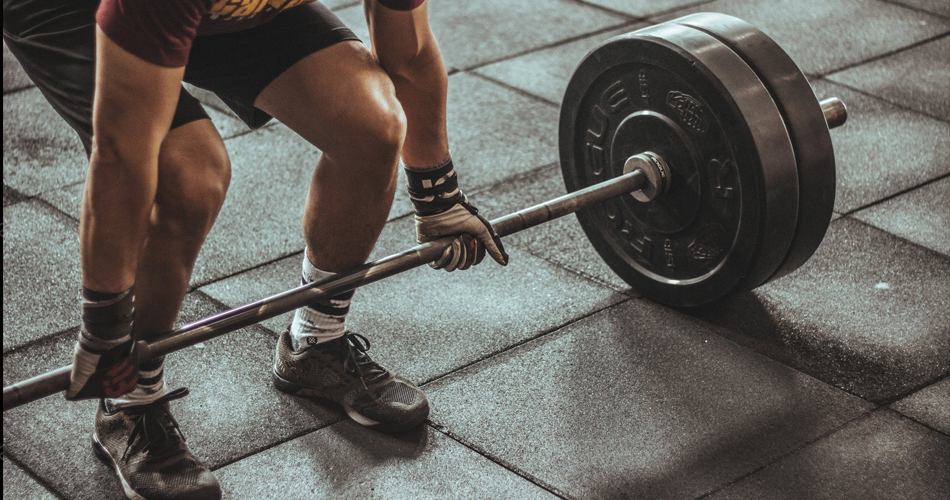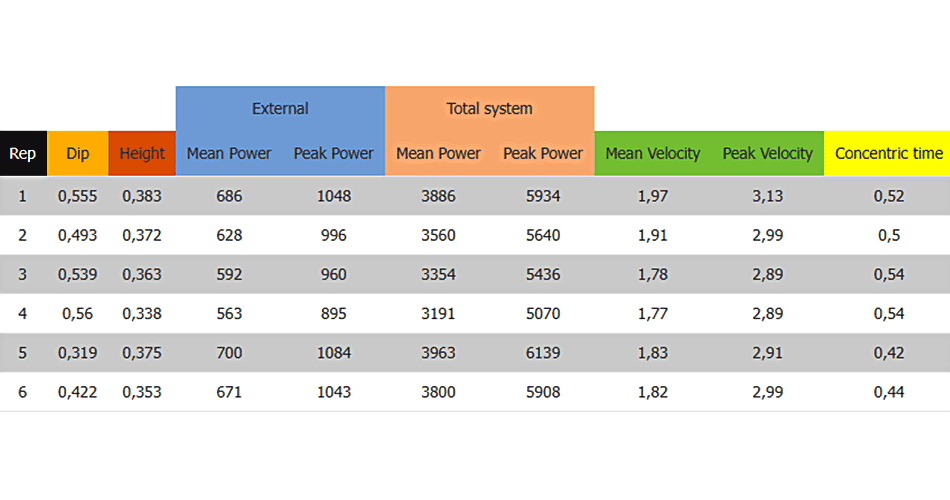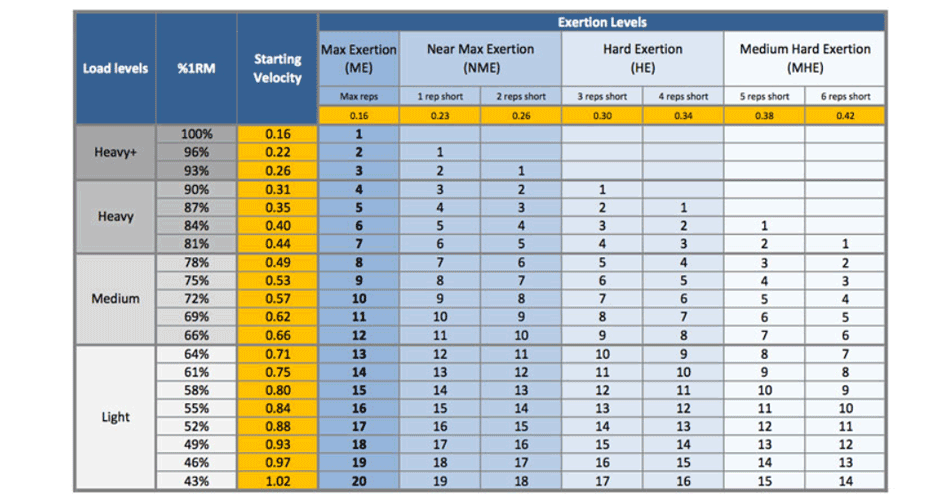The Future of Velocity Based Training
This is reprint of my guest article for PUSH blog.

The advancements in the (micro) technology and analytics achieved that their accessibility and affordability to the average gym goer increased tremendously in the last couple of years. Everything started with live HR measurements, and eventually resulted in the GPS watches and activity trackers, as well as barbell/body velocity trackers such as the PUSH device.
Focusing on the velocity trackers, the big question is what can one expect in the years (or maybe months) to come? In short, my opinion would be, besides improving precision and cost, the most important advancement would be in making things more actionable. By actionable I am referring to making sense of the data in a way that the user can easily make decisions based on them and thus avoid being confused with the stream of information and nice charts. Maybe the software can help him make decision? Through advancements in machine learning fields and artificial intelligence I believe that this is very likely.
In plain language, this means that the software is learning about you, your performance and reactions and makes training recommendations based on your objectives. Of course, this cannot replace the educated coach, but can be of immerse help – mainly by making sense of the data and presenting actionable figures to the athletes and coaches.
Suppose you are doing training program that calls for doing sets of 5 at 80% 1RM, or doing set of 5 with 2 reps left in the tank. This is what is being prescribed to be done. One usually uses his pre-cycle 1RMs (e.g. squat 1RM is 180kg), but this tends to fluctuateon day to day basis, usually because of the normal variability in the complex biological system (i.e. athlete) or because of the outside factors (life stress nutrition and so forth). The way you perform the movement will also affect it of course (e.g. going shallower, bouncing off, doing it with the pause at the bottom or pause at the top and so forth), as well as the recovery time.
Having a tracking device that can learn about you and your performance can make real time recommendations about adjusting your load used, recovery time and so forth. As is the case with every model, there are assumptions that should be met. With velocity trackers this assumption is the maximal intent to lift as fast as possible in the concentric range, since the device doesn’t know if the lift was slower because there was no intent or because of fatigue.
In this particular case the software can tell you when and if you hit your objectives (during the set) and make suggestions after the set for the next one. How? Based on the data the system collected on you and the exercise involved it can make predictions. The simplest way to do it would be to use Load-Velocity and Exertion-Velocity profile to adjust weight used for goal number of reps and exertion level.
This makes sure you are actually doing what is being prescribed to be done. The second goal of the system might be to actually help you set up the prescriptions based on the relationship with the performance outcomes and workload being performed. For example, with the goal of achieving highest 1RMs on a given day, the system can recommend guidelines on the frequency, volume and tapering because it learned about the relationships between training responses (e.g. daily 1RMs) and workload being done. Of course, the system will have many assumptions and things it cannot measure (e.g. life stress, nutrition), hence it is important to approach is as “educated guess” or a heuristic based on one performance and workloads being done. Together with knowledgeable coach who can put these feedbacks into context, highly individualized training plan and program is more likely.
To summarize, I believe that the next big advancement in technology will not be technology itself, but the software that allows easier uses of technology; something that makes sense of the big data and provides actionable information. With advances inmachine learning and artificial intelligence solutions such as these are on the way. This will not replace the knowledgeable coach, but rather help him and the athlete to make sense from all the data being collected.











Responses